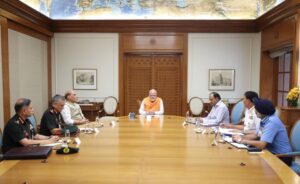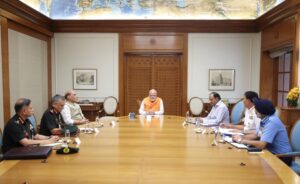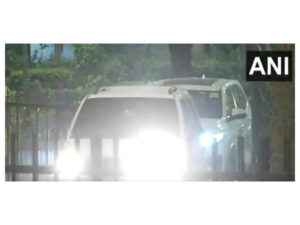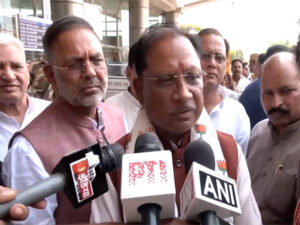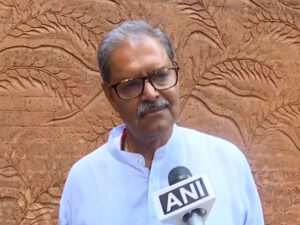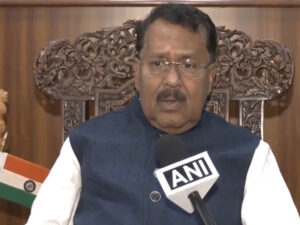Odisha CM Naveen Patnaik and Union Min Arjun Munda congratulate team of Chandrayaan mission
Bhubaneswar (Odisha) [India], August 24 (ANI): As India entered an elite club of nations with its successful lunar landing mission on Wednesday, several political leaders came forward to congratulate ISRO scientists involved with the historic Chandrayaan-3 project.
Odisha CM Naveen Patnaik also extended his wishes and said, “Tremendous scientific achievement for India. I congratulate all the scientists and other experts involved in this historic project.”
Further taking to his official handle on X, formerly Twitter, he said, “A historic day for #India as #Chandrayaan3 became the first-ever spacecraft to successfully land near the South Pole of #Moon. Landing on the uncharted part of our celestial neighbour is a remarkable achievement for Indian science and a giant leap for mankind. Congratulate the scientists of @isro and entire scientific community who were a part of this well-executed #LunarMission.”
Union Minister Arjun Munda also congratulated the Indian scientists on the successful landing of Chandrayaan3 and said, “This success is the result of the hard work of our scientists and now we can proudly say that we are among few nations who have achieved this milestone.”
Meanwhile, the moon rover of India’s Chandrayaan-3 on Thursday morning rolled out from the spacecraft to begin its exploration of the uncharted lunar surface, Isro said on social media platform X, formerly known as Twitter.
The country’s space agency said that the spacecraft made a historic landing on the south pole of the moon last evening, making India the first country to achieve this feat. “The Ch-3 Rover ramped down from the Lander and India took a walk on the moon. More updates soon,” ISRO posted on X.
The first picture of the six-wheeled robotic vehicle Pragyan rolling out of Vikram has been shared by Pawan K Goenka, the chairman of Indian National Space Promotion and Authorisation Centre, a single-window, independent, nodal agency that functions as an autonomous agency in the Department of Space (DOS).
The Lander and the Rover with a mission life of one Lunar day (14 Earth days) have scientific payloads to carry out experiments on the lunar surface. The Rover payloads are the LIBS or ‘Laser Induced Breakdown Spectroscope’ and the APXS or ‘Alpha Particle X-ray spectrometer’ The LIBS will determine Qualitative and quantitative elemental analysis and derive the chemical Composition and infer mineralogical composition to further our understanding of Lunar-surface.
The APXS will determine the elemental composition (Magnesium, Aluminium, Silicone, Potassium, Calcium Titanium and Iron) of the Lunar soil and rocks around the lunar landing site.

